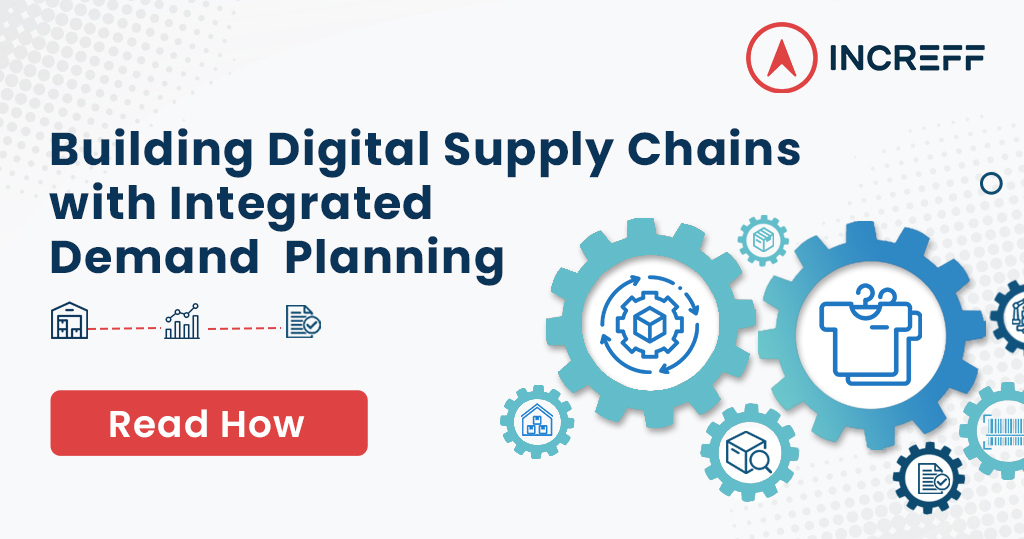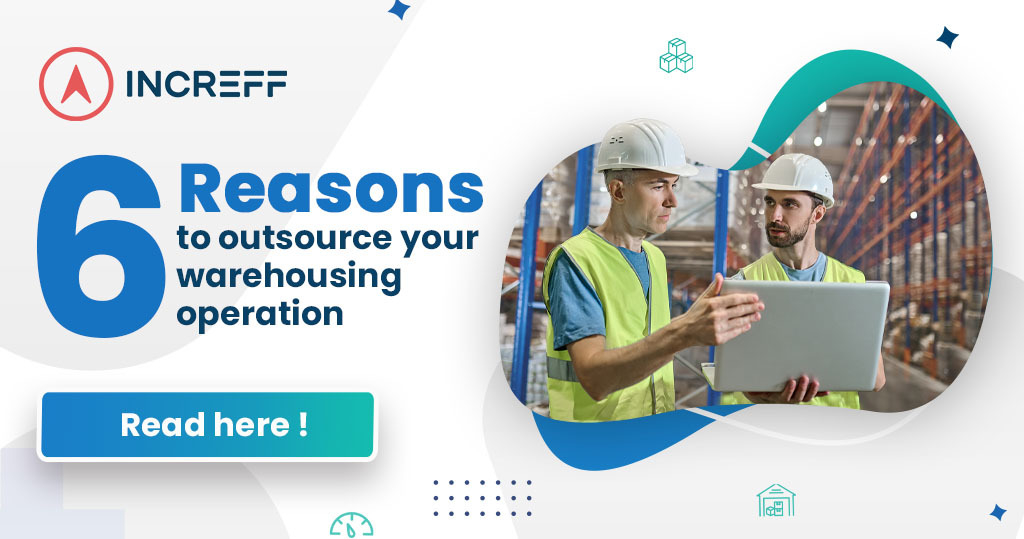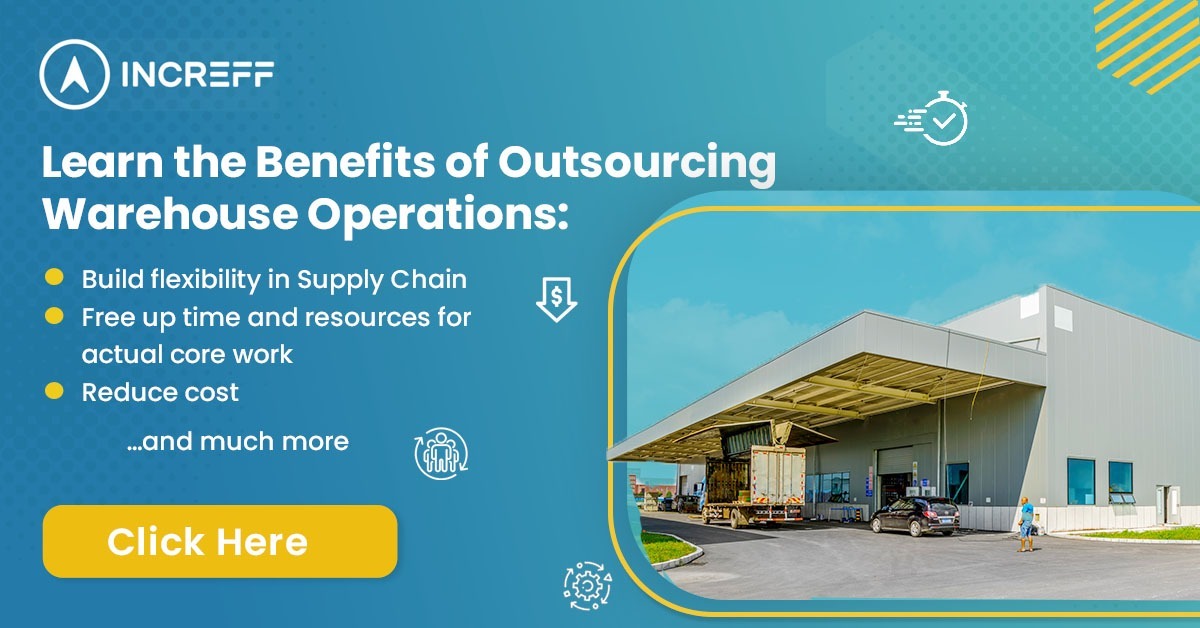As the global economy becomes interconnected and complex, companies find it challenging to meet customer expectations. They must make supply chain decisions faster, decisive, and accurate, and have the ability to implement those decisions rapidly and transparently.
Integrated demand planning is necessary to remain competitive in today’s marketplace. It amalgamates the supply side and the demand side of a business to form a cohesive unit that is vital for meeting OTIF (On-Time-In-Full) for supply chain success. To achieve OTIF, a company must have end-to-end supply chain visibility and be able to balance demand and supply in real-time to make the right decisions quickly and effectively. It is important to improve customer satisfaction, optimize inventory levels and distribution networks, and achieve a faster time to market for sales maximization.
Best Practices for Integrated Demand Planning:
Demand planning is a cross-functional approach that enables brands to meet customer demand while minimizing waste and quickly adapting to supply chain disruptions. Effective planning boosts profitability and consumer satisfaction.
- Implementing the Right Tech-Solution: In today’s complex and rapidly changing market, choosing robust tech solutions to organize data and estimate demand is crucial.
When looking for a Merchandising or WMS solution, it is vital to analyze the tool’s capabilities in handling intricacies in demand fluctuations, supplier efficiency, and adaptability. Following are some critical elements to consider when choosing the right solution for your business:- Easy integration with existing ERPs
- Ability to handle omnichannel, multi-region, and multi-product portfolio complexity
- Demand sensing for better short-term forecasting by deep data analysis of daily demand fluctuations and trends
- Enables end-to-end supply chain visibility
- Ability to conduct performance monitoring based on real-time analytics and user-friendly dashboards
- Ability to incorporate AI and machine learning to provide contextual intelligence
- Integrating with Cloud Solutions
- Business Intelligence & Data-Driven Decision-Making: Now more than ever, data drives demand planning. Digitized supply chains give real-time insights into inventory changes and market trends, and help identify key areas for optimization during demand planning. Traditional excel based analytical tools do not suffice anymore as big data analysis requires granular-level scientific decision-making that does not rely solely on instincts.
- Planning the Ideal Assortment Mix: Managing an ever-evolving portfolio of products by identifying top sellers among existing styles, seasonal styles, and emerging trends efficiently leads to the maximization of demand potential. An integrated demand plan helps understand how adding new products will affect the overall supply chain, and how the demand of one product affects the demand of another. Product portfolio planners are highly involved in scenario planning to ensure that each product line’s demand influence on the other products is positive and optimized.
- Optimal Allocation: Allocating and reallocating the right styles in the right locations as per changing customer demand is very essential for fast, accurate order fulfillment. Mapping style-size requirements at the Pincode level, using new-age merchandising solutions can help brands allocate the right stock in the right places at the beginning of the sales season itself. In-season demand fluctuations can be addressed by readjusting or shifting inventory (Inter-Store Transfers) from stores where the demand is low, to those where the demand is high. Such easy adaptability to changing market scenarios brings greater agility and flexibility in supply chains.
- Autonomous Planning: In a fast-changing world, the ability of autonomous planning is to assist supply chains to function more effectively under pressure and with less direct human involvement and decision-making. Automated systems are designed to function within a framework in terms of what tasks they may execute, based on predetermined rules. An autonomous system, built on intelligent algorithms and the SaaS+ model, learns and adapts to changing market scenarios and evolves continuously.
- Easy System Integrations & User-friendly UX/UI: New-age merchandising and warehousing technology solutions are built to seamlessly integrate with the brand’s existing system and make the transition smooth. It prevents any loss of customer data or inventory mismanagement and leads to better inventory and order control. Simple UX/UI reduces training time and increases workforce efficiency and productivity by automating processes and eliminating errors due to human decision-making.
The rise of the digital supply chain has presented new opportunities and challenges that can be addressed with advanced technology solutions. Integrated demand planning is the basis of digital supply chains for brands to cater to the fast-paced and constantly evolving customer demands. It has the power to increase efficiency, decrease lead times, and ultimately result in more satisfied customers, more efficient operations, and higher profits.




